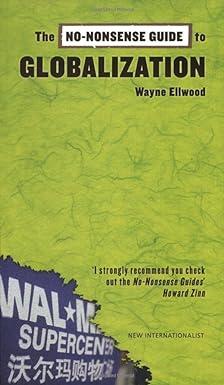Answered step by step
Verified Expert Solution
Question
1 Approved Answer
Production function is given by Y = 45K(AN)l-a, where a=1/3. The rate of depreciation of capital is equal to 10 percent, and the rate of

Production function is given by Y = 45K(AN)l-a, where a=1/3. The rate of depreciation of capital is equal to 10 percent, and the rate of population grow saving rate at time t was equal to 12 percent and the level of technology At was equal to 5. The economy was in the steady state at time t and the rate of growth equal to 5 percent. Use the Solow growth model to answer the following questions. (Please fill in numbers, percentage values should be provided as numbers greater than 1. For example if inflation is 10 percent, you should write "10" in the blank sp 1. The rate of technological progress at time t was equal to percent 2. The level of per capita consumption at time t was equal to 3. Assume that at time t+1 the saving rate increased to the optimal (golden rule) saving rate. The difference between the new steady state level of consumpti the level of consumption per unit of effective labor in period t+1, was equal to 4. Assume that the economy was not in the steady state and the rate of growth of capital per unit of effective labor was equal to 3 percent. The rate of growt labor was equal to percent. Production function is given by Y = 45K(AN)l-a, where a=1/3. The rate of depreciation of capital is equal to 10 percent, and the rate of population grow saving rate at time t was equal to 12 percent and the level of technology At was equal to 5. The economy was in the steady state at time t and the rate of growth equal to 5 percent. Use the Solow growth model to answer the following questions. (Please fill in numbers, percentage values should be provided as numbers greater than 1. For example if inflation is 10 percent, you should write "10" in the blank sp 1. The rate of technological progress at time t was equal to percent 2. The level of per capita consumption at time t was equal to 3. Assume that at time t+1 the saving rate increased to the optimal (golden rule) saving rate. The difference between the new steady state level of consumpti the level of consumption per unit of effective labor in period t+1, was equal to 4. Assume that the economy was not in the steady state and the rate of growth of capital per unit of effective labor was equal to 3 percent. The rate of growt labor was equal to percent
Step by Step Solution
There are 3 Steps involved in it
Step: 1

Get Instant Access to Expert-Tailored Solutions
See step-by-step solutions with expert insights and AI powered tools for academic success
Step: 2

Step: 3

Ace Your Homework with AI
Get the answers you need in no time with our AI-driven, step-by-step assistance
Get Started


